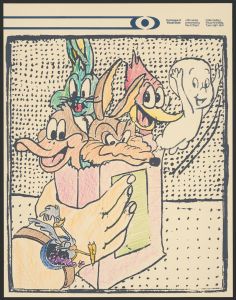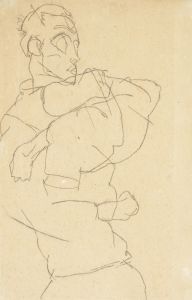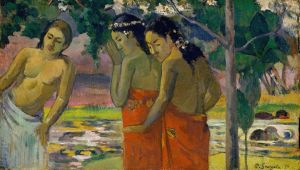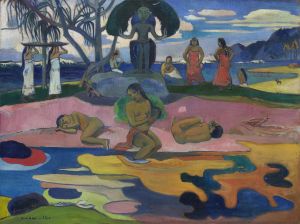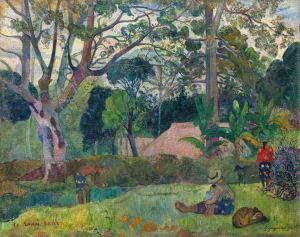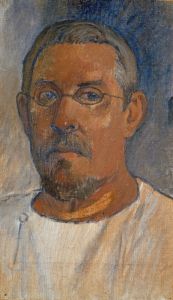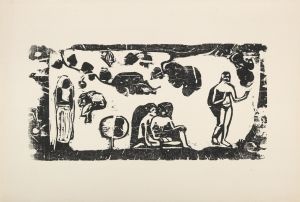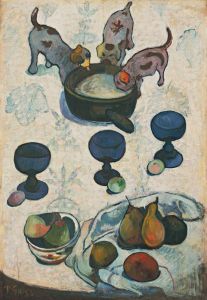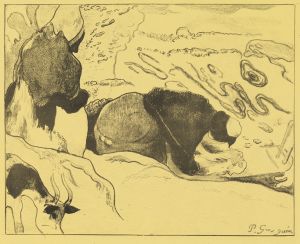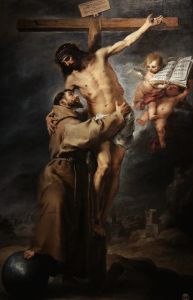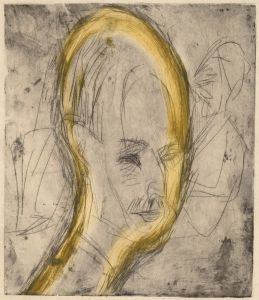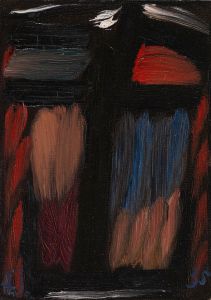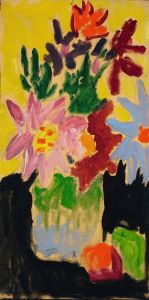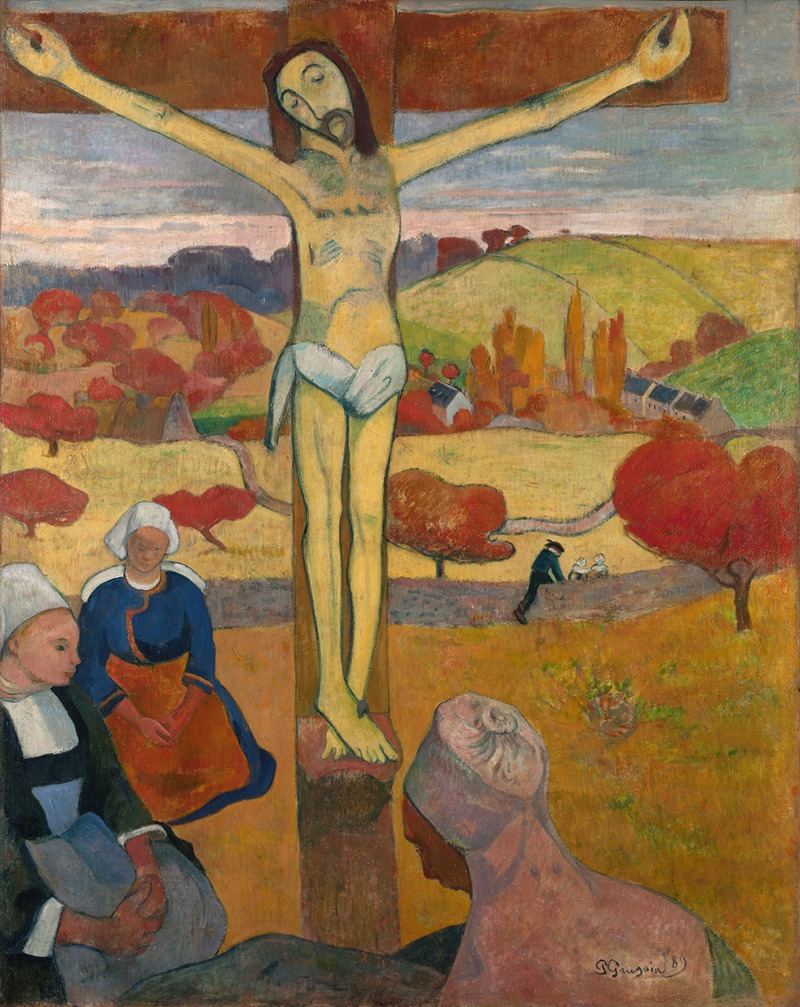
The Yellow Christ
A hand-painted replica of Paul Gauguin’s masterpiece The Yellow Christ, meticulously crafted by professional artists to capture the true essence of the original. Each piece is created with museum-quality canvas and rare mineral pigments, carefully painted by experienced artists with delicate brushstrokes and rich, layered colors to perfectly recreate the texture of the original artwork. Unlike machine-printed reproductions, this hand-painted version brings the painting to life, infused with the artist’s emotions and skill in every stroke. Whether for personal collection or home decoration, it instantly elevates the artistic atmosphere of any space.
"The Yellow Christ" is an iconic painting by the French Post-Impressionist artist Paul Gauguin, created in 1889. This work is one of Gauguin's most famous pieces and is often cited as a quintessential example of his innovative use of color and symbolism. The painting is housed in the Albright-Knox Art Gallery in Buffalo, New York.
Gauguin painted "The Yellow Christ" during a period when he was living in Pont-Aven, Brittany, a region in northwestern France. This area was known for its distinct cultural identity and picturesque landscapes, which greatly influenced Gauguin's work. The painting reflects Gauguin's interest in religious themes, which he often explored through a lens of personal interpretation and cultural synthesis.
"The Yellow Christ" depicts the crucifixion of Jesus Christ, but it does so in a manner that diverges significantly from traditional religious art. The figure of Christ is rendered in a striking yellow hue, which dominates the composition and gives the painting its name. This bold use of color is characteristic of Gauguin's style and serves to convey a sense of otherworldliness and spiritual intensity. The yellow color can be seen as a departure from realism, emphasizing emotional and symbolic content over naturalistic representation.
In the background of the painting, Gauguin includes elements of the Breton landscape, integrating local culture into the religious scene. The women depicted in the painting are dressed in traditional Breton attire, grounding the scene in the everyday life of the region. This juxtaposition of the sacred and the mundane is a hallmark of Gauguin's work, reflecting his interest in the intersection of different cultural and spiritual traditions.
Gauguin's approach to "The Yellow Christ" also reflects his broader artistic philosophy, which sought to break away from the conventions of Western art. He was influenced by a variety of sources, including Japanese prints, folk art, and the art of indigenous cultures, all of which informed his distinctive style. Gauguin's use of flat planes of color and bold outlines in "The Yellow Christ" demonstrates his departure from the Impressionist focus on light and atmosphere, moving instead towards a more symbolic and expressive form of representation.
The painting is often discussed in the context of Gauguin's search for a more "primitive" and authentic form of expression, a quest that would eventually lead him to Tahiti and other parts of the South Pacific. However, "The Yellow Christ" remains firmly rooted in the Breton landscape, illustrating Gauguin's ability to infuse familiar scenes with a sense of mystery and spiritual depth.
"The Yellow Christ" has been the subject of extensive analysis and interpretation, with scholars examining its religious symbolism, use of color, and cultural context. It is considered a significant work in Gauguin's oeuvre and a key example of Post-Impressionist art, highlighting the movement's emphasis on subjective experience and emotional resonance. The painting continues to be celebrated for its innovative approach and its ability to evoke profound spiritual and cultural themes through the medium of visual art.





